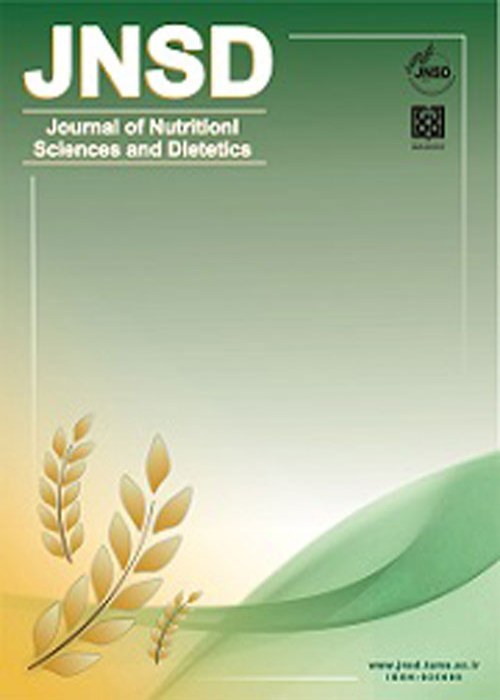Vitamin D requirements during pregnancy: a new day
Author(s):
Abstract:
For decades, vitamin D has been recognized only for its ability to correct skeletal abnormalities. This point is made clear by recent recommendations by the Institute of Medicine (IOM). This organization has only recognized vitamin D to have a role in skeletal homeostasis and thus recommended a minimal amount, 400-600 IU/d (1). Part of the problem here is that vitamin D has long been thought to be a teratogenic substance and thus feared by the obstetrics community (2). However, these fears are no longer valid and vitamin D not only is not a teratogen, significant amounts are required during pregnancy to avert a wide range of problems including complications of birth, preeclampsia, gestational diabetes, neurodevelopment and asthma incidence in the newborn child (3-4). Surely more roles of vitamin D will be uncovered in the future in the area of autoimmune function involving type 1 diabetes and multiple sclerosis. How does vitamin D alter all these systems in utero? Our research tell us that this is occurring through epigenetic gene alteration and we are just now starting to understand the processes involved which predominately include inflammation and immune function (8). It is heartening to see countries like Iran involved in this area of clinical research (6).
How much vitamin D does our group recommend during pregnancy? Our evidence tells us that 4,000 IU/d vitamin D3 is required and this should begin preconception. We base this recommendation on the amount of vitamin D required to maintain a circulating 25(OH)D levels of 40 ng/ml, the level at which the conversion of 25(OH)D to 1,25(OH)2D is optimized (3). If a woman, following delivery, chooses to breast feed her infant she should take a supplement of 6,000 IU/d vitamin D3 (9). This amount will ensure adequate vitamin D in her milk to supply her nursing infant with all the vitamin D that the infant requires. These vitamin D intakes in Muslim countries are vitally important because of clothing practices which prohibit any significant vitamin D3 production due to lack of exposed skin to the sun.
How much vitamin D does our group recommend during pregnancy? Our evidence tells us that 4,000 IU/d vitamin D3 is required and this should begin preconception. We base this recommendation on the amount of vitamin D required to maintain a circulating 25(OH)D levels of 40 ng/ml, the level at which the conversion of 25(OH)D to 1,25(OH)2D is optimized (3). If a woman, following delivery, chooses to breast feed her infant she should take a supplement of 6,000 IU/d vitamin D3 (9). This amount will ensure adequate vitamin D in her milk to supply her nursing infant with all the vitamin D that the infant requires. These vitamin D intakes in Muslim countries are vitally important because of clothing practices which prohibit any significant vitamin D3 production due to lack of exposed skin to the sun.
Language:
English
Published:
Journal of Nutritional Sciences and Dietetics, Volume:2 Issue: 1, Winter 2016
Pages:
1 to 2
magiran.com/p1592358
دانلود و مطالعه متن این مقاله با یکی از روشهای زیر امکان پذیر است:
اشتراک شخصی
با عضویت و پرداخت آنلاین حق اشتراک یکساله به مبلغ 1,390,000ريال میتوانید 70 عنوان مطلب دانلود کنید!
اشتراک سازمانی
به کتابخانه دانشگاه یا محل کار خود پیشنهاد کنید تا اشتراک سازمانی این پایگاه را برای دسترسی نامحدود همه کاربران به متن مطالب تهیه نمایند!
توجه!
- حق عضویت دریافتی صرف حمایت از نشریات عضو و نگهداری، تکمیل و توسعه مگیران میشود.
- پرداخت حق اشتراک و دانلود مقالات اجازه بازنشر آن در سایر رسانههای چاپی و دیجیتال را به کاربر نمیدهد.
In order to view content subscription is required
Personal subscription
Subscribe magiran.com for 70 € euros via PayPal and download 70 articles during a year.
Organization subscription
Please contact us to subscribe your university or library for unlimited access!


